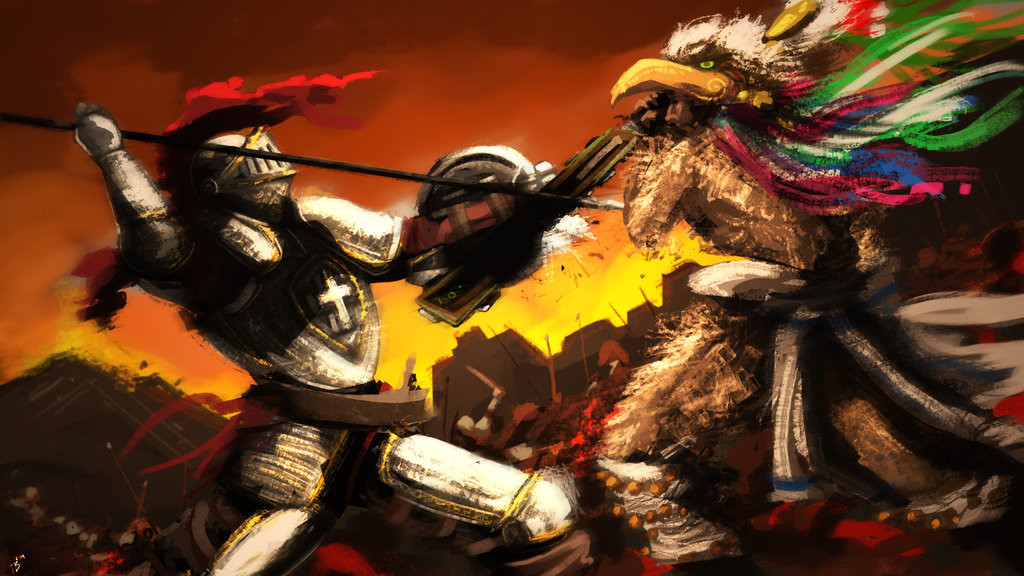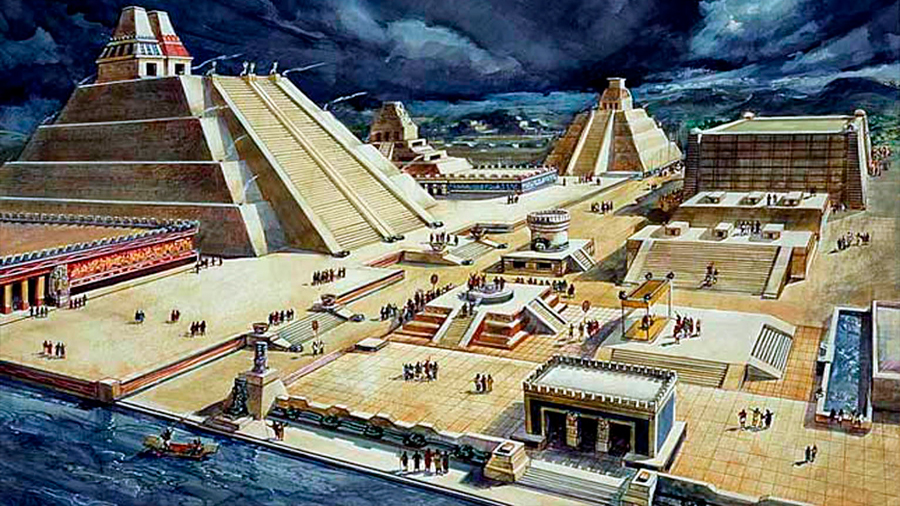RIO DE JANEIRO, BRAZIL – The Mexican Government commemorates this Friday, August 13, the 500th anniversary of the indigenous resistance. It has renamed the conquest of Hernán Cortés and the fall of Tenochtitlan, capital of the Aztec empire and present-day Mexico City.
This is the chronology with the key moments, from the arrival of Cortés to the taking of Tenochtitlan, which defines an event that five centuries later has acquired relevance due to the new view of the Mexican Government.
FEBRUARY 1519 – ARRIVES IN MEXICO
After being in Cuba since 1511, Cortés leaves the island around February 10 with 11 ships and more than 600 men. He arrives around February 27 on the island of Cozumel, in the southeast of Mexico.
MARCH 1519 – LA MALINCHE
Cortés arrives in the present state of Tabasco and defeats the Mayan-Chontal Indians in the Battle of Centla, where he founds the now extinct Villa de Santa María de la Victoria, the first Spanish city in Mexican territory.
The people give him 20 women as tribute, including Malinalli or Malintzin, known as Malinche, who accompanied the Spaniard throughout the conquest of the Aztec empire and served as an interpreter of languages such as Nahuatl and Mayan.
APRIL 22, 1519 – FOUNDATION OF VERACRUZ
The Spaniard advances to the north and founds the Villa Rica de la Vera Cruz, considered the first town hall “in the Spanish style” installed in Mexico.
Gifts arrive from Moctezuma, the tlatoani or emperor of the Aztecs, and Cortés meets for the first time with his ambassadors.
JUNE 1519 – PACT AT CEMPOALA
At the beginning of June, the conquistador arrives at Cempoala, capital of the Totonaca people in the present state of Veracruz, where he allies with “Cacique Gordo” to fight the Aztecs.
The Totonacs describe the city of Tenochtitlan in detail.
AUGUST 1519 – HE SINKS THE SHIPS
Determined to conquer Tenochtitlan, Cortés orders the destruction of the Spanish expedition ships in Veracruz to prevent a group of disgruntled people from returning to Cuba.
Although legend personally attributes the “burning of the ships” to Cortés, historians believe that he only ordered the ships to be drilled so that they would sink.
SEPTEMBER 1519 – ALLIANCE WITH THE TLAXCALTECS
Cortés’ troops arrive in Tlaxcala, in the center of the country. After some fighting, they ally with Xicoténcatl, the chief of the Tlaxcalan Indians, to fight against the Mexica, whom they saw as enemies.
NOVEMBER 8, 1519 – ARRIVAL IN TENOCHTITLAN
The Spaniards arrived in Tenochtitlan, where the emperor Moctezuma receives Cortés with honors, with Malinche as interpreter, and lodges him in the palace of Axayácatl.
Days later, on November 14, they take Moctezuma prisoner and begin the siege of the city.
MAY 1520 – THE SLAUGHTER OF THE MAIN TEMPLE
Pedro de Alvarado leads the Matanza de Tóxcatl or Slaughter of the Great Temple, in which the Spaniards kill the Mexica while performing a ceremony to the gods.
Meanwhile, Cortés was in the Gulf of Mexico, where he defeated Pánfilo Narváez, who arrived with the order to arrest him for disobeying Diego Velázquez, governor of Cuba.
JUNE 30, 1520 – THE SAD NIGHT
After the death of Moctezuma, approximately on June 29, Cuitláhuac becomes the new tlatoani of the Aztecs, who defeated the Spaniards and the Tlaxcalans on the night of June 30.
Cortés mourns his defeat in a tree, which is why the episode is known as “the sad night”, now renamed by the current Mexican Government as “the victorious night”.
NOVEMBER 25, 1520 – CUITLÁHUAC DIES
Cuitláhuac dies of smallpox and Cuauhtémoc becomes the last tlatoani of the Aztec empire. During this time, Cortés prepares for the reconquest of Tenochtitlan after receiving reinforcements from enemy Aztec towns such as Tlaxcala and Texcoco.
AUGUST 13, 1521 – THE FALL OF TENOCHTITLAN
After months of siege and combat, the Spaniards and their indigenous allies take Tenochtitlan by capturing the emperor Cuauhtémoc. The city surrenders, and the conquest is consummated. King Carlos I grants Hernán Cortés the title of governor and captain-general of New Spain.





